Overview
Map
Other Details
دير مار يوسف
Bane
Bcharre
North
دير مار يوسف - بان سنة ١٨٠٩ في عهد الأب العام سمعان الخازن، أوقف أهالي بلدَتي بان وكفرصعاب عقارات للرهبانيّة اللبنانيّة المارونيّة بغية إنشاء مدرسة لتعليم أبناء البلدة. تحوّلت في ستينيّات القرن العشرين الى ديرِ قانونيّ. تحوي الكنيسة بيت قربان خشبيّ مذهّب ومذخّرين رومانيّين، ثلاث لوحات غربيّة الصنع، ولوحتين مشرقيّتين للعائلة المقدّسة ومار أفرام من القرن التاسع عشر.The monastery of St Joseph - BanIn 1809 during the mandate of Abbot Simon el Khazen, the villagers of Ban and Kfarsghab donated land to the Lebanese Maronite Order to build a school. During the sixties the school was converted into a canonical monastery. The church holds a gilded wooden tabernacle with two reliquaries, three western paintings, and two local XIXth century ones of The holy family and St Ephrem.
Visited 2517 times, 8 Visits today



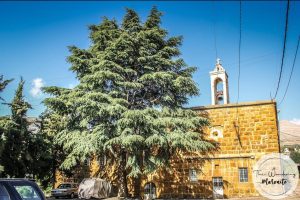
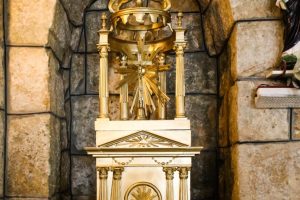
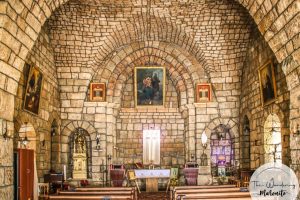
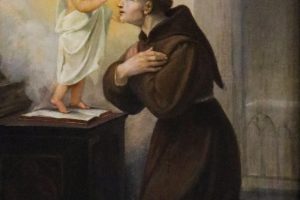
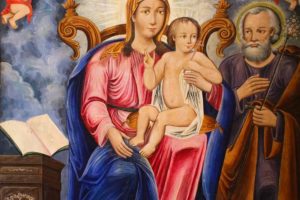





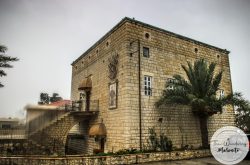
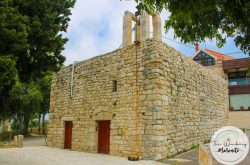
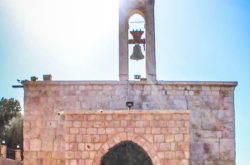
Reviews are disabled, but trackbacks and pingbacks are open.